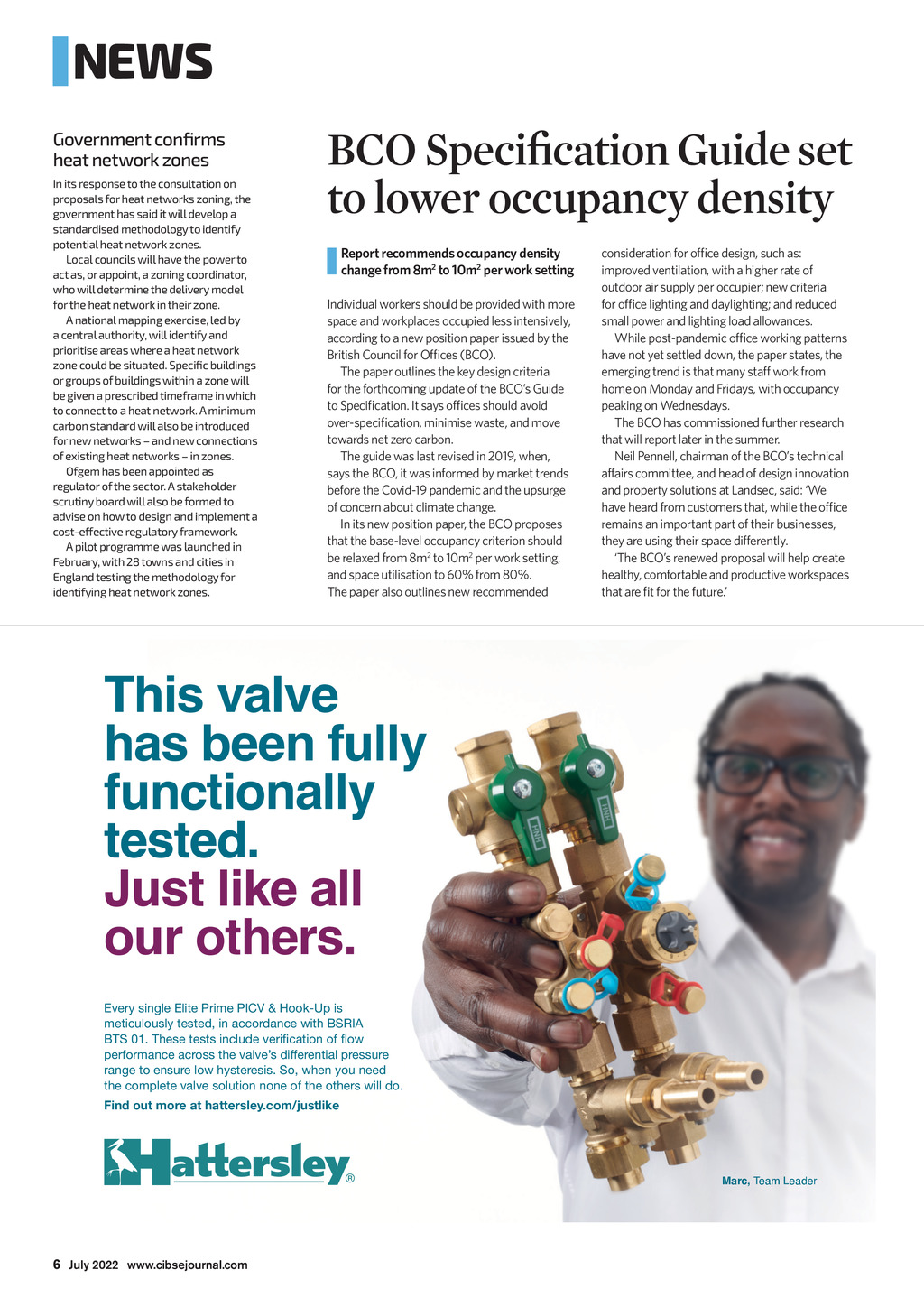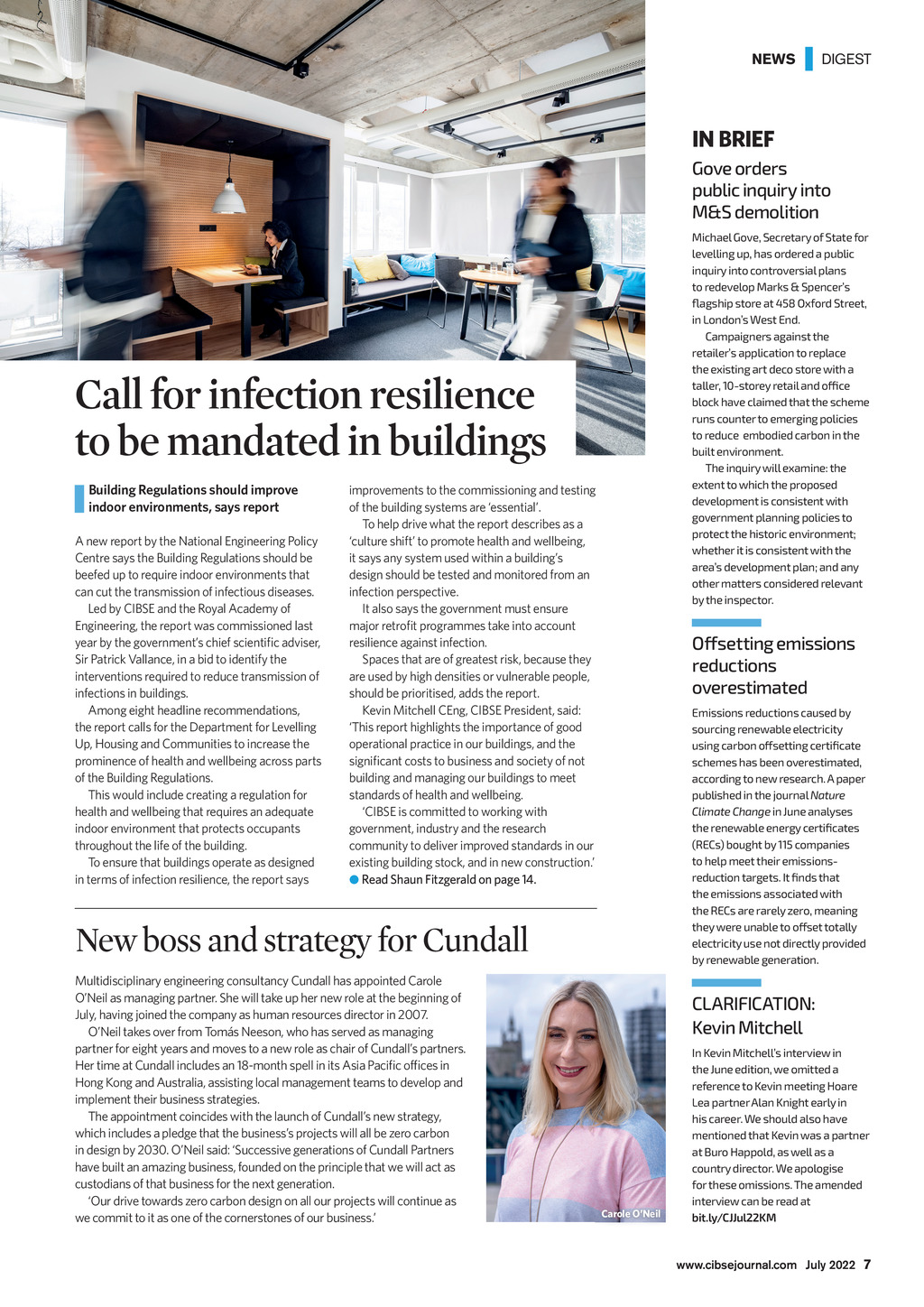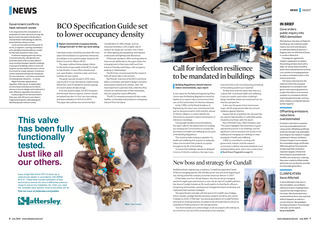


EWS Government confirms heat network zones In its response to the consultation on proposals for heat networks zoning, the government has said it will develop a standardised methodology to identify potential heat network zones. Local councils will have the power to act as, or appoint, a zoning coordinator, who will determine the delivery model for the heat network in their zone. A national mapping exercise, led by a central authority, will identify and prioritise areas where a heat network zone could be situated. Specific buildings or groups of buildings within a zone will be given a prescribed timeframe in which to connect to a heat network. A minimum carbon standard will also be introduced for new networks and new connections of existing heat networks in zones. Ofgem has been appointed as regulator of the sector. A stakeholder scrutiny board will also be formed to advise on how to design and implement a cost-effective regulatory framework. A pilot programme was launched in February, with 28 towns and cities in England testing the methodology for identifying heat network zones. BCO Specication Guide set to lower occupancy density Report recommends occupancy density change from 8m2 to 10m2 per work setting Individual workers should be provided with more space and workplaces occupied less intensively, according to a new position paper issued by the British Council for Ofces (BCO). The paper outlines the key design criteria for the forthcoming update of the BCOs Guide to Specication. It says ofces should avoid over-specication, minimise waste, and move towards net zero carbon. The guide was last revised in 2019, when, says the BCO, it was informed by market trends before the Covid-19 pandemic and the upsurge of concern about climate change. In its new position paper, the BCO proposes that the base-level occupancy criterion should be relaxed from 8m2 to 10m2 per work setting, and space utilisation to 60% from 80%. The paper also outlines new recommended consideration for ofce design, such as: improved ventilation, with a higher rate of outdoor air supply per occupier; new criteria for ofce lighting and daylighting; and reduced small power and lighting load allowances. While post-pandemic ofce working patterns have not yet settled down, the paper states, the emerging trend is that many staff work from home on Monday and Fridays, with occupancy peaking on Wednesdays. The BCO has commissioned further research that will report later in the summer. Neil Pennell, chairman of the BCOs technical affairs committee, and head of design innovation and property solutions at Landsec, said: We have heard from customers that, while the ofce remains an important part of their businesses, they are using their space differently. The BCOs renewed proposal will help create healthy, comfortable and productive workspaces that are t for the future. This valve has been fully functionally tested. Just like all our others. Every single Elite Prime PICV & Hook-Up is meticulously tested, in accordance with BSRIA BTS 01. These tests include verification of flow performance across the valves differential pressure range to ensure low hysteresis. So, when you need the complete valve solution none of the others will do. Find out more at hattersley.com/justlike Marc, Team Leader 21400_HATTERSLEY_FUNCTION_TEST_AD_133X186.indd 1 14/02/2022 13:27 6 July 2022 www.cibsejournal.com CIBSE July 22 pp06 News.indd 6 24/06/2022 15:05